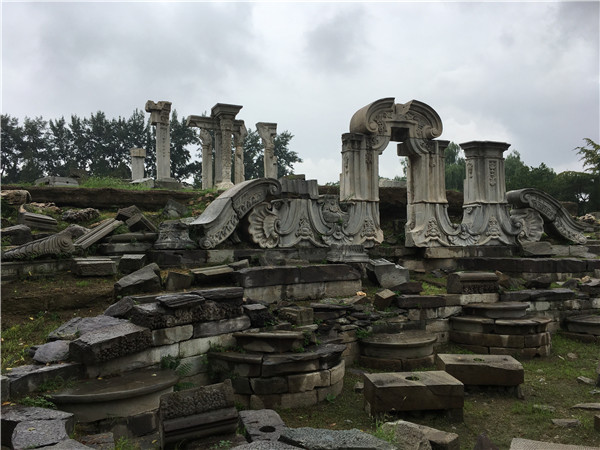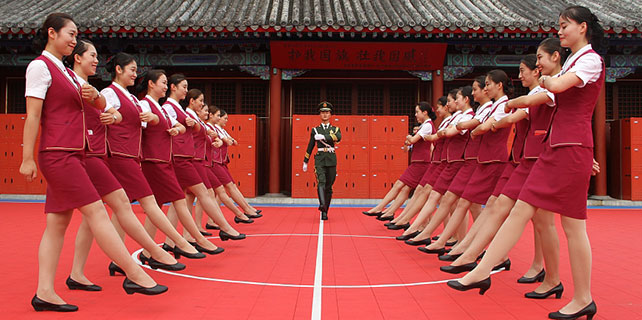Rediscovering a royal garden
 |
|
Remains of Western-style architecture in Yuanmingyuan. [Photo by Wang Kaihao/China Daily] |
Yuanmingyuan, a resort used by Manchu royalty, was burned down by Anglo-French expedition forces in 1860. Archaeologists are now studying the magnificent landmark. Wang Kaihao reports.
In China, the destruction of Yuanmingyuan ("the garden of perfect brightness") or the Old Summer Palace in Beijing is seen as a national tragedy.
In 1860, the Anglo-French expedition forces burned down this exquisite resort meant for Manchu royalty of the Qing Dynasty (1644-1911) during the Second Opium War (1856-60).
But now there are efforts to discover more about this magnificent garden. And archaeologists, with the help of paintings and historical files, are trying to get a better picture of this landmark.
In a project to the east of the Yuanmingyuan ruins, the remains of Ruyuan, an exquisite garden in typical Jiangnan style (which refers to areas in East China on the southern banks of the Yangtze River), was unearthed.
The 19,000 square meter garden is a replica of Zhanyuan, a garden from Nanjing, in eastern Jiangsu province, and it was built following an edict by Emperor Qianlong (1711-99).
The garden, completed in 1767, was called Ruyuan, which means "a garden just like Zhanyuan".
Huge and almost intact bases of buildings have been found at the site other than a garden with paths paved in colorful stones.
"It was a surprise to find the foundation so well-preserved," says Zhang Zhonghua, an archaeologist from the Beijing Research Institute of Cultural Heritage and leader of the Yuanmingyuan project.









